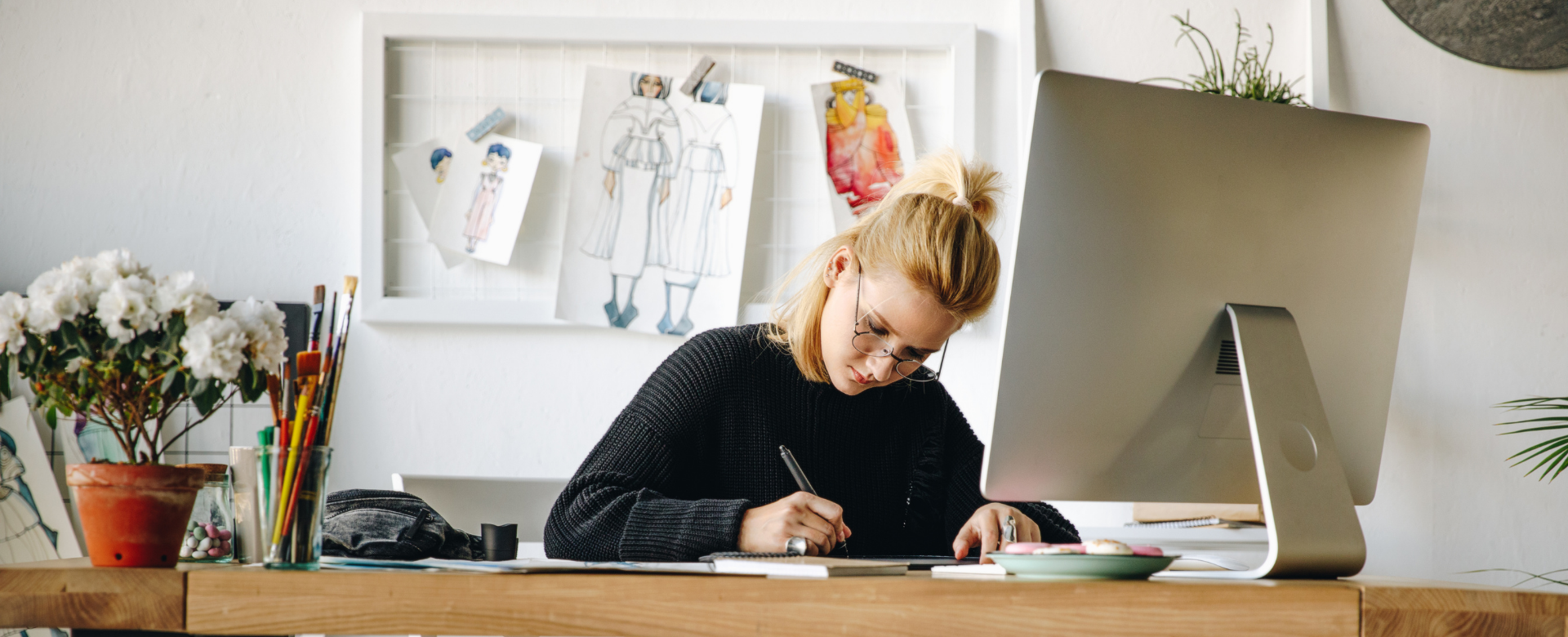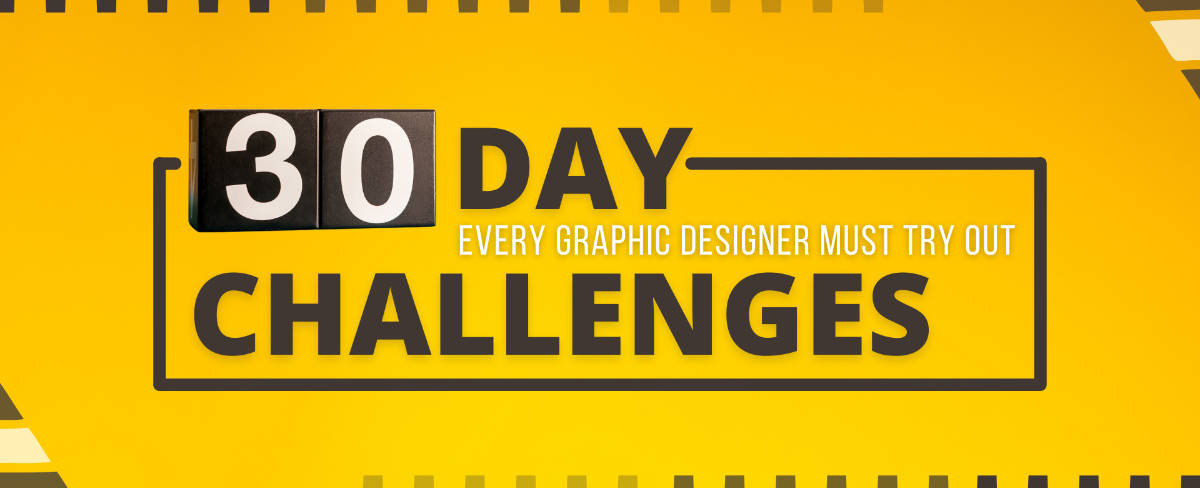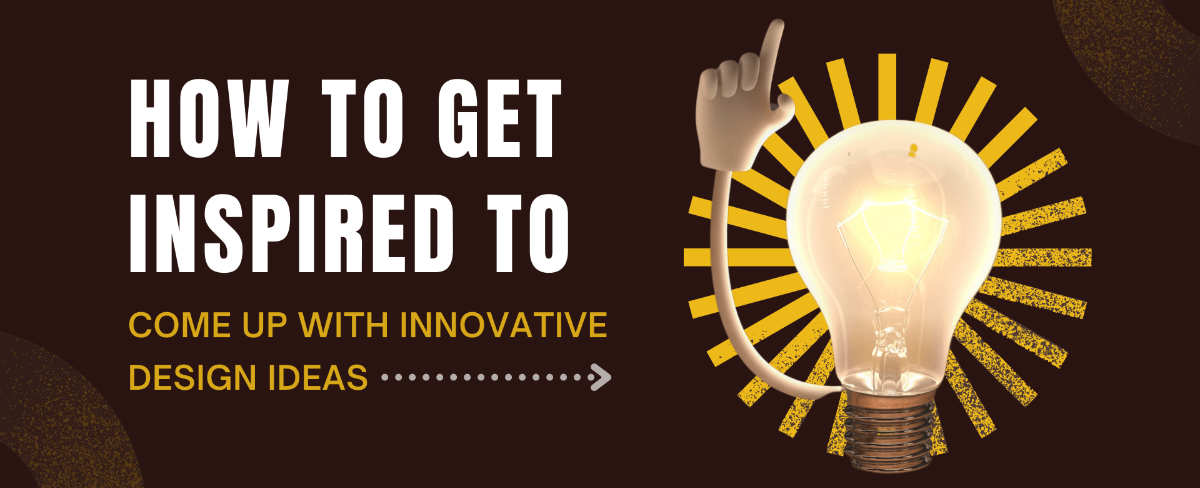You don’t need to put in the hours to get better at design. While discussing the benefits of designing every day in this blog, I share 5 amazing 30-day challenges that will help you get better at designing indigestible, byte-sized daily exercises. Read on and take the first step towards building daily design practice.
Main Menu
Cloud Services
Collaboration and Communication
Security and Compliance
Automation and Development
Digital Workspace
Artificial Intelligence
Overall Microsoft 365 Services
Main Menu
Starfleet Stash App
Asset & Inventory Management App
Penthara Org Chart
- Cloud Services
- Collaboration and Communication
- Security and Compliance
- Automation and Development
- Digital Workspace
- Artificial Intelligence
- Overall Microsoft 365 Services
- Starfleet Stash App
- Asset & Inventory Management App
- Penthara Org Chart










